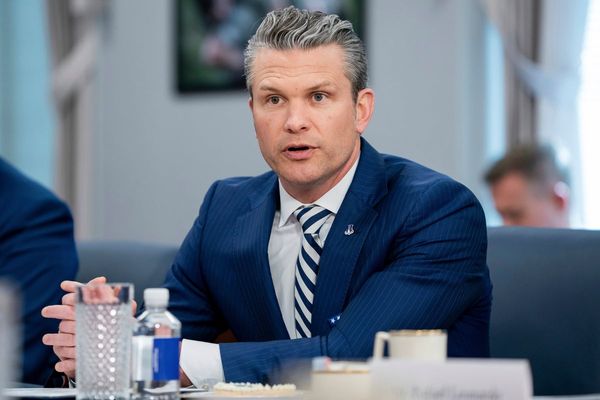The fresh guidelines of the National Medical Commission (NMC) leave out pulmonology department (speciality) as a requirement for establishment and commencement of new medical colleges.
According to the updated regulations released on August 16, all medical colleges established from the academic session 2024-25 onwards are required to feature 21 departments within their MBBS programmes. However, the pulmonology department doesn’t find a place in the new scheme of things.
The absence of pulmonology among these 21 departments has drawn criticism from doctors who assert that the government has overlooked a crucial medical field. Concerns have been raised that the burden of this omission could be borne by other departments that might not possess the required expertise to effectively address respiratory issues.
“The critical care within ICUs was historically overseen by specialists in pulmonology, anaesthesiology, and general medicine. The elimination of pulmonology from the key role implies that the responsibility will now shift to anaesthesiologists, followed by general medicine practitioners. Additionally, an added responsibility of managing a pain clinic has been placed upon the Anaesthesiology Department in the guidelines. Similarly, General Medicine doctors will face the challenge of juggling outpatient and inpatient care along with their other duties,” said Dr. Kiran Madala, Scientific Committee Convenor of Indian Medical Association (IMA), Telangana State.
Earlier, the MBBS education comprised 24 departments, necessitating faculty for 23 departments, excluding physical health and rehabilitation. In contrast to the prior allocation of 1,030 beds with only 10 ICU beds, the new guidelines reduce the total bed count to 900, including 30 ICU beds, said Dr. Kiran Madala of IMA.
The government’s motive might involve elevating pulmonology into a super-specialty branch, said Dr. Rajeev Naik, Consultant Pulmonologist at Osmania General Hospital. Notably, the listed 21 branches in the guidelines are all specialty branches, and just like Cardiology and Gastroenterology, Pulmonology is absent. The disparity between its previous inclusion and current omission raises questions.
“It is worth noting that a significant number of patients on ventilators succumb to lung infections, a domain in which pulmonologists play a pivotal role. Vital procedures such as bronchoscopy, mandatory for ICU patients, can solely be performed by pulmonologists. Even though anaesthesia doctors may assist with ventilator connections, the core treatment necessitates the expertise of pulmonologists,” added Dr. Rajeev.
Among the various other provisions set forth by the NMC, colleges aiming to expand their seat count are now capped at a maximum of 150 MBBS students from the academic year 2024-25, compared to the earlier ceiling of 250 seats. This move garnered support from doctors who believe that this will enable optimal resource utilisation for student training.
Further, any hospital seeking approval to establish a medical college post the amended regulation’s release is required to have an affiliated teaching hospital and hostels for students and interns. These components can either be located on a unified campus or across a maximum of two campuses, with the hospital mandated to accommodate a minimum of 220 beds.
The guidelines also advocate the incorporation of a Skill Laboratory in every medical institution to facilitate practice and enhancement of skills stipulated in the curriculum. Colleges are also encouraged to start a Yoga Department with at least one male and one female yoga instructor catering to both students and faculty members.







